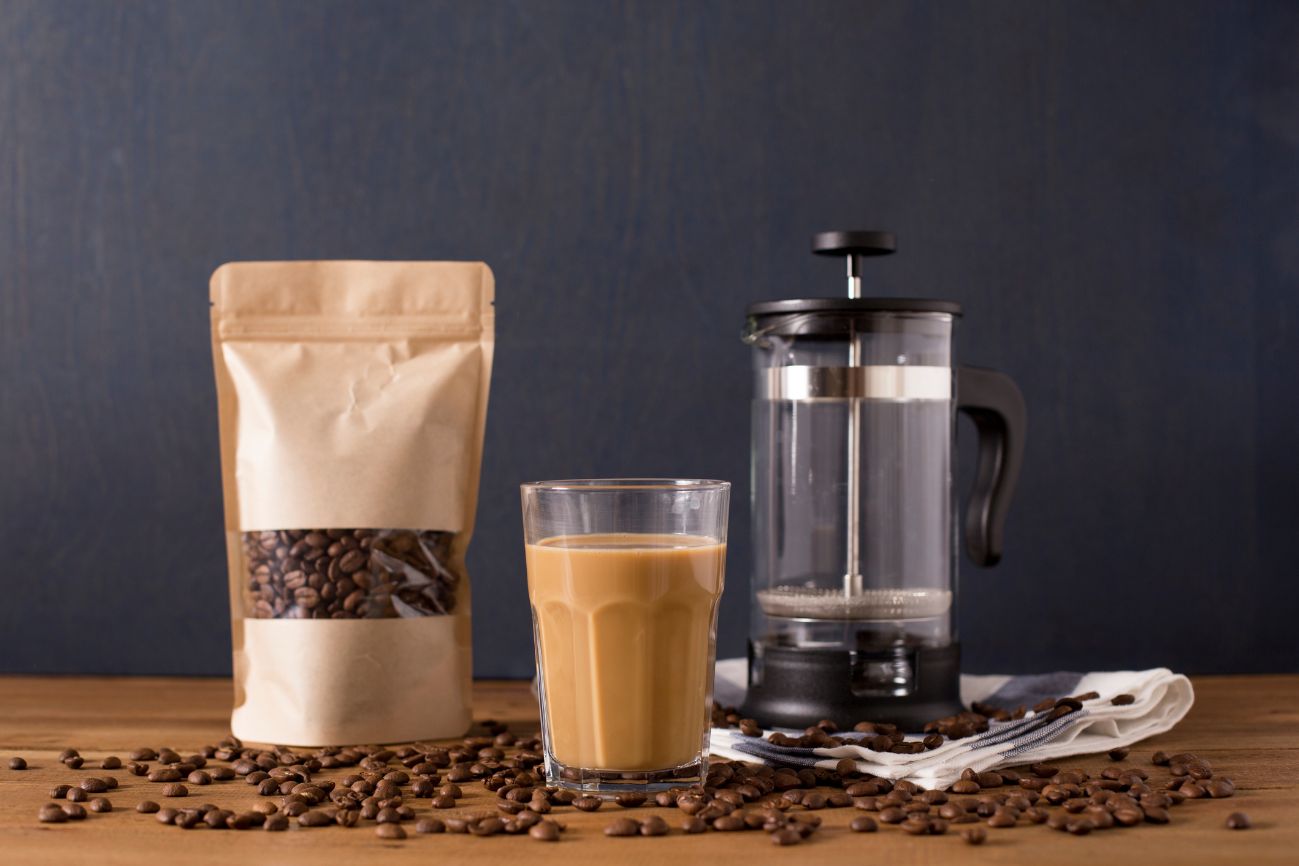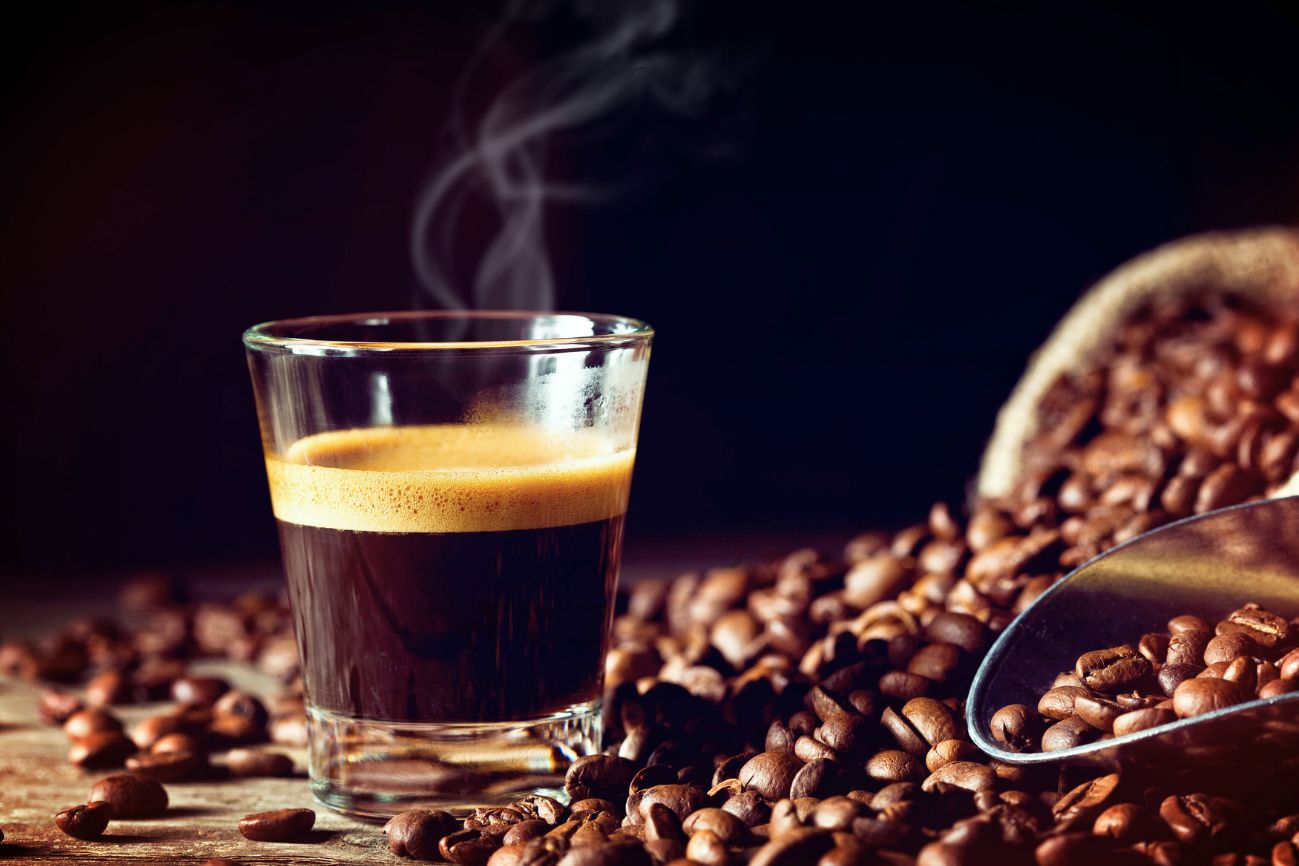Does your espresso taste too bitter or harsh, or does it always have a different taste when you brew it at home? Don’t worry, this is a common problem that many coffee lovers face when they first start making espresso at home.
Espresso is more than just pressing a button and getting the perfect cup every time you brew. It includes lots of steps, such as managing the temperature, water-to-coffee ratios, and brewing steps, that ensure the perfect cup of espresso every time.
When you mess with any of the brewing factors, you get unpleasant tastes in your cup.
So here you’ll learn what’s needed for making the perfect shot of espresso and how to avoid some common mistakes.
Common Espresso Mistakes to Avoid
Here are all of the common espresso mistakes that create espresso taste issues every time.
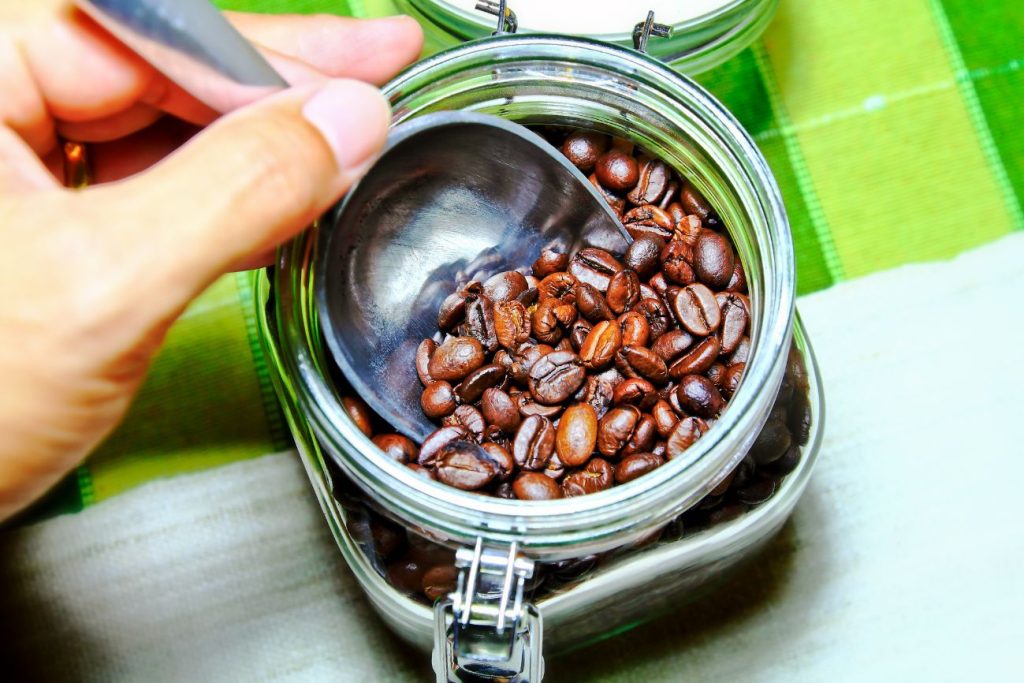
1. Using Stale Coffee Beans
Do you check the expiry date and roast date of your coffee beans every time you make coffee? This is the most common mistake that people make while brewing espresso.
You know that espresso requires freshly roasted beans to achieve the best flavor. However, people neglect to follow through. Most people store coffee beans at home and are unaware of the roast and expiration dates.
So, if you use stale coffee beans, you will not receive any taste. After roasting, coffee beans become prone to going stale soon.
How to Fix:
To achieve a rich and true espresso flavor, start with freshly ground and roasted coffee beans.
If you’re storing coffee beans at home, use an airtight container. And always keep them away from heat and light sources, which are the causes of coffee beans staling quickly.
Never forget to check the expiration and roast dates on your beans before using them.
Always try to use coffee beans that have been roasted within the last 2-3 weeks.
2. Grinding Too Fine or Too Coarse
Another reason you aren’t getting the best flavor out of your espresso is that you’re using the incorrect grind size. You know that the water goes through the coffee grinds, indicating its speed.
When you use a too fine grind size, the water passes slowly through the coffee grounds, over-extracting the coffee and resulting in a bitter coffee taste.
If you use too coarse coffee grounds, the water will pass quickly through the coffee grounds, under-extracting the coffee beans and resulting in a sour and weak coffee flavour.
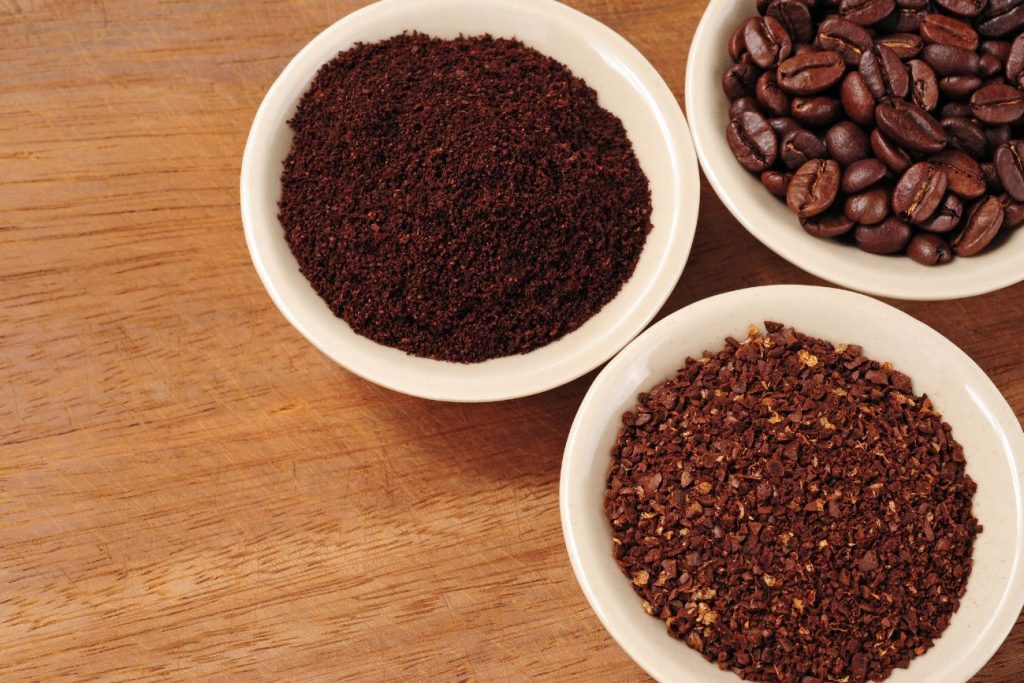
How to Fix:
Always use the correct grind size, which should not be too coarse or too fine. The ideal grind size for espresso is medium coarse, similar to table salt.
Always invest in a quality burr grinder, not a blade grinder. Make small adjustments to the grind size and test each shot to find the best one for you.
3. Incorrect Tamping
Tamping is just as important as the grind size. Tamping is more than simply pressing the coffee down. If you tamp too gently, water will run through too quickly. If you tamp too hard, water will struggle to pass the coffee grounds. And if you tamp the coffee grounds unevenly, it can result in channeling and inconsistent coffee extraction.
How to Fix:
To avoid these issues, always apply the right and even pressure during tamping. First, level the coffee grinds in the portafilter, then apply 30 pounds of pressure evenly.
This way, water will pass through the coffee grounds evenly and smoothly, without over- and under-extraction.
4. Wrong Dose Amount
The precise amount of coffee grinds is also important. If you use fewer coffee grounds in the portafilter for extraction, your coffee will taste weak. If you use too many coffee grounds, the machine will choke.
How to Fix:
To get the finest flavor from your brew, use the appropriate amount of coffee grounds for brewing.
The standard dose consists of 18 to 20 grams of coffee grinds.
Don’t merely estimate coffee grounds; instead, invest in a reliable digital scale to measure them every time you brew. Always use consistent measurements for the best shots.
5. Inconsistent Water Temperature
If you use inconsistent and incorrect water temperature, it will impact the taste of your espresso. Using too hot or too cold water can affect the flavor of your espresso shot.
If you are using too much hot water, the tastes from the coffee grounds will be over-extracted, resulting in bitter and harsh coffee flavors.
If you are using too cold water, the tastes and aromas of coffee will not be extracted from the grounds.
How to Fix:
So, if you want the best taste in your espresso, always choose the optimal water temperature for brewing. The ideal brewing temperature ranges from 195 to 205°F (90 to 96°C).
Another option is to use the espresso machines with a built-in water temperature control system. This way, if you are a newbie, you will not have to worry about this issue.
6. Ignoring Pre-Infusion
Pre-infusion is an important step when brewing a shot of espresso, but most people neglect this. It gently soaks the coffee puck before applying full pressure. This helps to even out the extraction process.
How to Fix:
To get the most out of your espresso, be sure to pre-infuse your coffee grounds. You can do it manually by starting the shot, pausing for 2-3 seconds, and then continuing.
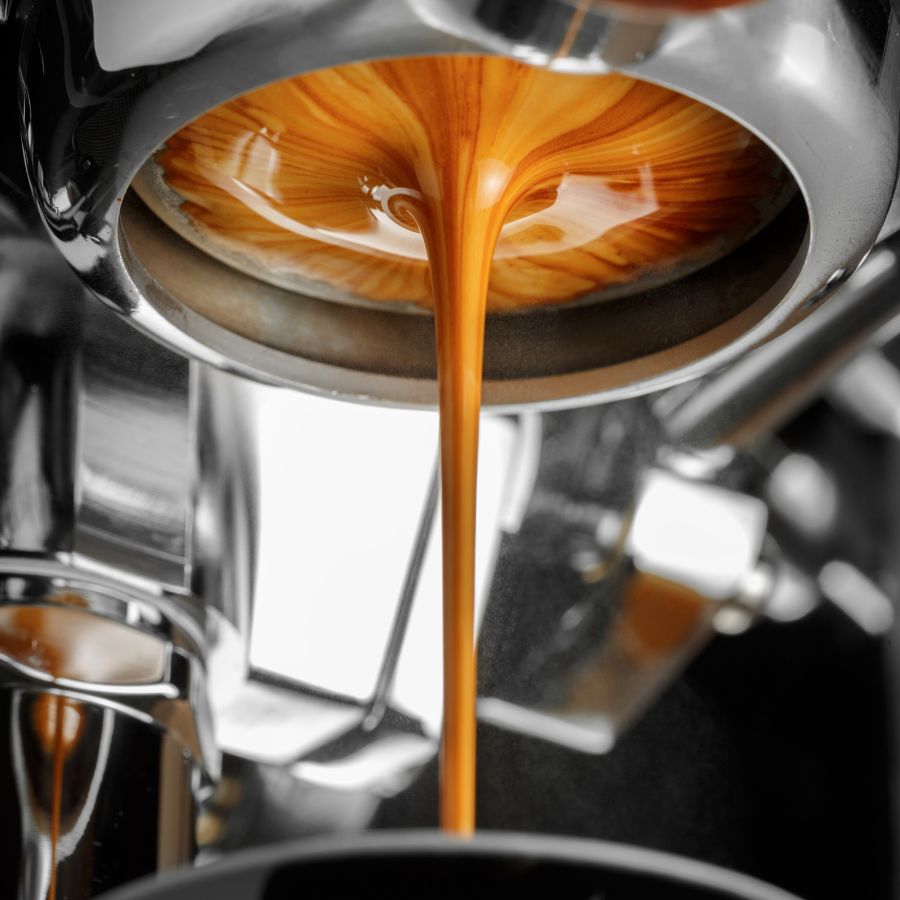
You can also use espresso machines that have built-in pre-infusion features. Check this Craft Coffee Spot blog if you want to learn more about the Pre-Infusion!
7. Skipping Pre-Heating the Machine
Another important step that most people overlook is preheating your espresso machine before you begin brewing. You know that most espresso machines are made of cold metal or porcelain, which allows the machine to cool down fast.
So, if you don’t preheat your equipment, your espresso will be under-extracted due to temperature.
How to Fix:
Simply preheat your machine and cups before beginning the process. With a blank shot, you can preheat the portafilter and group head before starting brewing.
Also, warm your cup with hot water before pouring your espresso in.
8. Using Hard Water
Water is a crucial component in determining the taste and quality of your espresso. Most people just fill their water reservoirs with tap water and start brewing. They don’t know if the water is hard or purified. Tap water may contain minerals or chlorine, which can change the taste and damage your machine.
How to Fix:
To avoid an unpleasant espresso taste, use filtered or bottled water with low chloride and balanced hardness levels.
But do not use distilled water because it lacks the minerals required for good extraction.
9. Ignoring the Coffee-to-Water Ratio
Another overlooked component is the water-to-coffee ratio, which is also important to obtain the best flavor from espresso. Many people don’t know the ideal water-to-coffee ratio for brewing. This affects the quality of your espresso.
How to Fix:
Always use the proper water-to-coffee ratio for the best coffee flavor. The standard ratio is 1:2, so if you use 18g of coffee, aim for 36g of espresso.
Always use a scale to measure water and coffee before starting the procedure and measuring output.
Adjust your grind size and dosage to get the proper ratio.
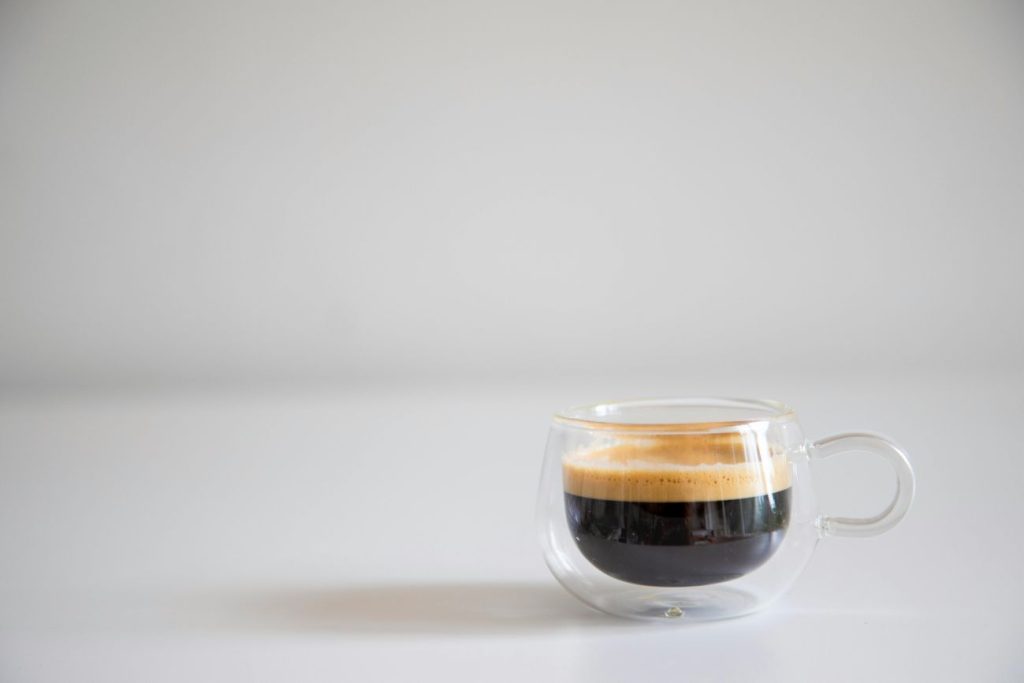
10. Pulling Shots Too Fast or Too Slow
Incorrect extraction time also has an impact on the flavor of espresso. When your espresso shot ends too quickly or too slowly, it won’t taste nice.
If you pull your shots too slowly, your coffee will be over-extracted, and if you pull too quickly, it will be under-extracted.
How to Fix:
The ideal espresso shot time is 25-30 seconds. So, if your shots are pulling before that time, check the grind size, dose amount, and tamping. These are the factors that could result in both fast and slow shots.
11. Using a Low-Quality Espresso Machine
Due to a tight budget, the majority of people who begin their espresso journey choose a low-cost espresso machine. As a result, some entry-level machines lack consistent pressure and heat, resulting in poor espresso.
How to Fix:
So, if you want to make caffe-style espresso at home, you need to upgrade your espresso machine whenever your budget allows and get a good one with built-in features.
Before purchasing a machine, always check user reviews to get an idea of what to expect.
To make your espresso experience easier, buy an espresso machine with a 9-bar pressure system.
12. Not Cleaning the Machine Regularly
The most common thing people do is not take proper care of their espresso machines. They simply get a shot without even attempting to rinse it with water. This is the most common cause of an unpleasant espresso taste. When we do not clean our machines, residue builds up in their parts, causing coffee to taste awful.
How to Fix:
It’s so simple to keep your espresso machines clean. Simply remove the dried coffee puck and clean the portafilter with tap water after brewing. You can also use a soft, damp towel to clean the portafilter, steam wand, and group head.
Don’t forget to deep clean it once a month. If you’re brewing with tap water, you can use a descaling solution to descale it once a month.
With descaling, all buildup and residue will be removed, and your equipment will be thoroughly cleaned. This ensures that your espresso not only tastes superb, but your machine also lasts a long time.
13. Incorrect Milk Frothing
If you’re making cappuccinos and lattes, milk frothing affects the flavor of the espresso, even if your espresso is perfect. When you don’t know the right milk temperature and use low-fat milk, your lattes and cappuccinos will not taste the same as coffee styles.
How to Fix:
To get a creamy and rich crema on top of your espresso, follow these milk frothing tips.
- Use fresh, full-fat fat and cold milk.
- Keep the steam wand just below the surface to introduce air for a few seconds, then lower it to heat the milk evenly.
- Aim for 140–150°F (60–65°C); overheating scalds the milk and spoils the flavor.
- After frothing, swirl the milk in the pitcher to blend foam and liquid into a creamy texture.
Espresso Mistakes: Wrap Up
Making espresso at home can feel like an art, and sometimes, a frustrating one. But if you’re constantly ending up with a bad espresso shot, it’s often just a matter of recognizing where things are going wrong. From grind size and tamping to water quality and machine maintenance, each detail plays a role in the final taste.
By identifying these common espresso mistakes and applying the right fixes, you’ll begin to see improvement in both consistency and flavor. Remember, proper espresso troubleshooting is all about paying attention to the small steps that lead to great results.
So next time you experience espresso taste issues, don’t give up. Use this guide to troubleshoot, make adjustments, and keep practicing. With a bit of patience and the right techniques, you’ll be pulling rich, balanced, and satisfying shots in no time.

